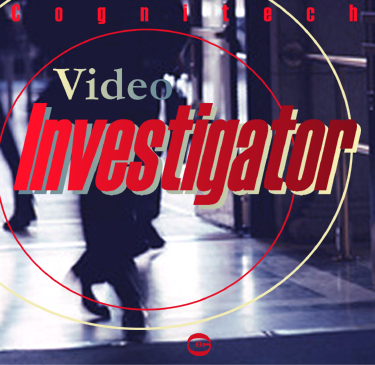In today’s digital-first world, forensic video analysis has become a cornerstone in modern investigations. Whether it’s law enforcement agencies reviewing surveillance footage, cybersecurity teams examining digital traces, or private investigators reconstructing events, the importance of digital forensic analysis is steadily rising. This field blends science, technology, and investigative techniques to gather, preserve, and analyze visual data. One of the most critical elements in this process is the use of surveillance video enhancement software, which can make unclear footage usable and admissible in court.
What Is Forensic Video Analysis?
Understanding the Basics
Forensic video analysis involves the scientific examination, comparison, and evaluation of video in legal matters. Analysts are trained to extract key visual information from digital recordings that can often appear blurry, distorted, or corrupted. The goal is to clarify, interpret, and accurately present video evidence without altering its authenticity.
Some common applications include:
- Identifying individuals or vehicles in low-resolution footage
- Clarifying timestamps or contextual events
- Authenticating video content to confirm originality
- Reconstructing crime scenes based on camera perspectives
This process must adhere to strict legal and ethical guidelines to ensure the integrity of the video evidence.
The Role of Digital Forensic Analysis
Digital forensic analysis goes beyond just video—it encompasses the full spectrum of data recovery and examination. In the context of video files, digital forensics ensures that the metadata is preserved, timestamps are intact, and the original file format is unaltered during analysis.
Key functions include:
- Extracting metadata to verify time and location
- Detecting tampering or manipulation
- Cross-referencing video data with other digital sources such as GPS, mobile records, or network logs
This branch of forensics plays a crucial role in both criminal and civil investigations, ranging from cybercrimes to insurance fraud.
Enhancing Clarity with Surveillance Video Enhancement Software
Why Enhancement Matters
Often, the raw footage from surveillance cameras lacks the clarity needed for a definitive conclusion. That’s where surveillance video enhancement software becomes indispensable. These tools allow forensic experts to improve image quality, stabilize shaky footage, correct lens distortion, and adjust brightness or contrast—all while preserving the integrity of the video.
Advanced features may include:
- Frame-by-frame enhancement
- Pixel interpolation
- Noise reduction
- Zooming without losing clarity
- Image stabilization
These enhancements can make the difference between an unsolved case and a conclusive identification.
Best Practices in Forensic Video Analysis
- Preservation First: Always work with a copy of the original file. Maintain a forensic image to ensure data integrity.
- Document Every Step: For legal admissibility, each step of the analysis process must be thoroughly documented.
- Use Court-Approved Methods: Only employ tools and techniques that meet the standards for expert testimony in court.
- Cross-Validation: Collaborate with other forensic disciplines (e.g., fingerprint analysis, ballistics) to confirm findings.
Common Challenges in Digital Forensic Video Work

While the technology has advanced rapidly, several challenges remain:
- Low-Quality Footage: Many surveillance systems still produce poor resolution video.
- Compression Artifacts: Over-compressed videos may lose critical detail.
- Proprietary Formats: Some video systems use unique file formats that require specialized tools to decode.
- Time Constraints: Investigators are often under pressure to analyze video quickly during ongoing investigations.
Conclusion
Forensic video analysis, paired with robust digital forensic analysis practices, plays a pivotal role in uncovering the truth behind visual evidence. The use of surveillance video enhancement software allows professionals to extract actionable insights from what might initially appear as unusable footage. As surveillance technology and digital data continue to proliferate, the demand for reliable forensic video tools and expertise will only grow.
FAQs
Q1: What is forensic video analysis used for?
A1: It is used to clarify and interpret video evidence for investigations, legal proceedings, and intelligence gathering.
Q2: How does digital forensic analysis differ from video analysis?
A2: Digital forensic analysis includes all types of digital data, whereas video analysis focuses specifically on recorded footage.
Q3: Can surveillance video enhancement software improve blurry videos?
A3: Yes, enhancement software can improve clarity by reducing noise, sharpening images, and adjusting lighting.
Q4: Is enhanced video admissible in court?
A4: Yes, as long as the enhancement process follows legal protocols and does not alter the original content.
Q5: What kind of training is required for forensic video analysts?
A5: Training typically includes certifications in video forensics, digital evidence handling, and specialized software operation.

